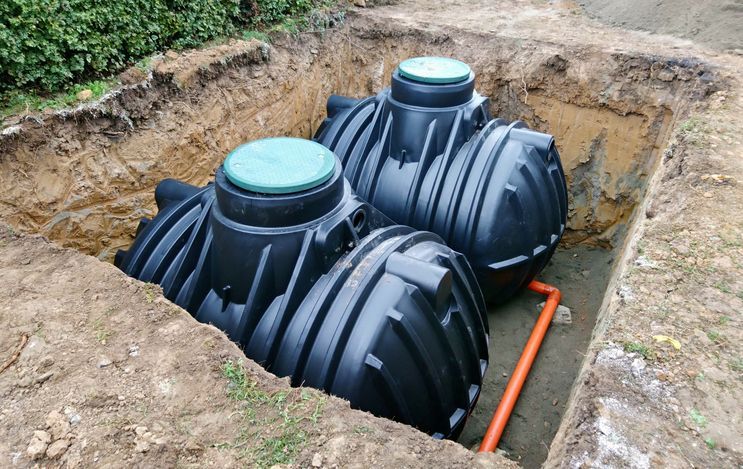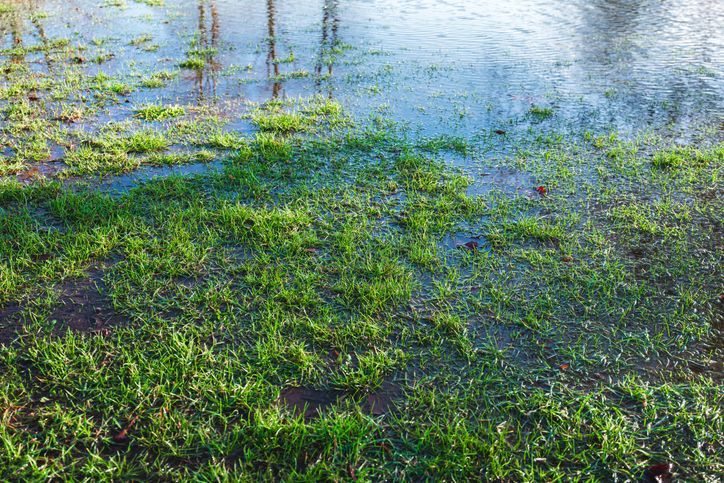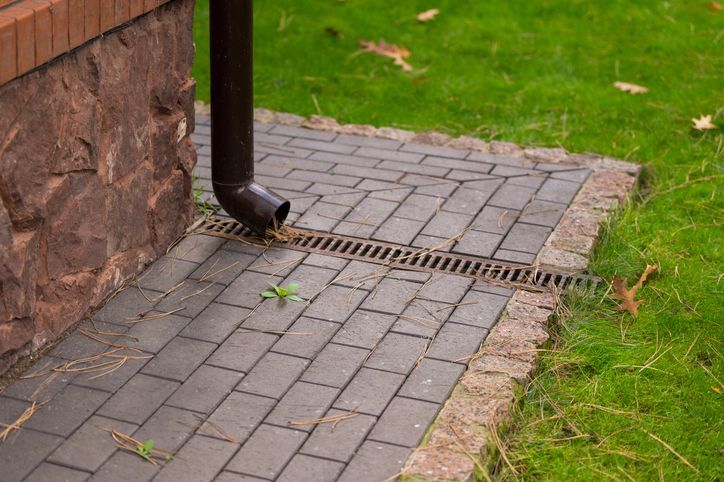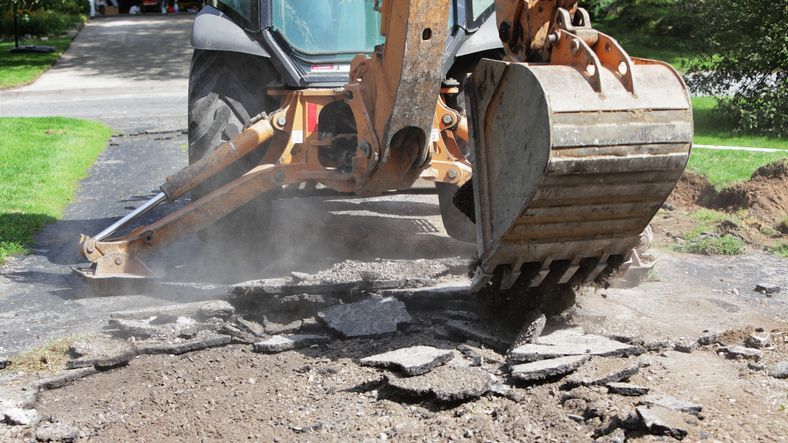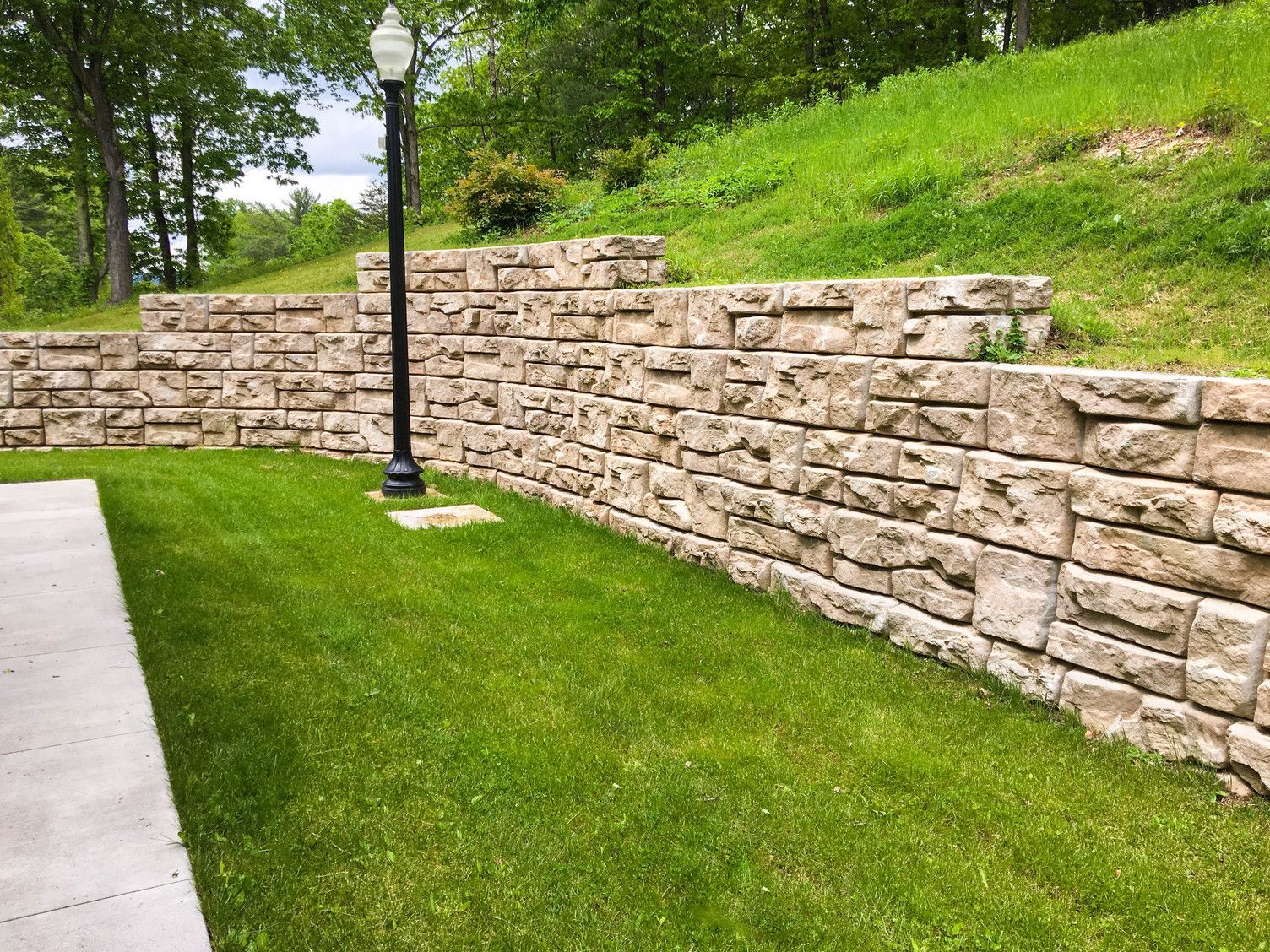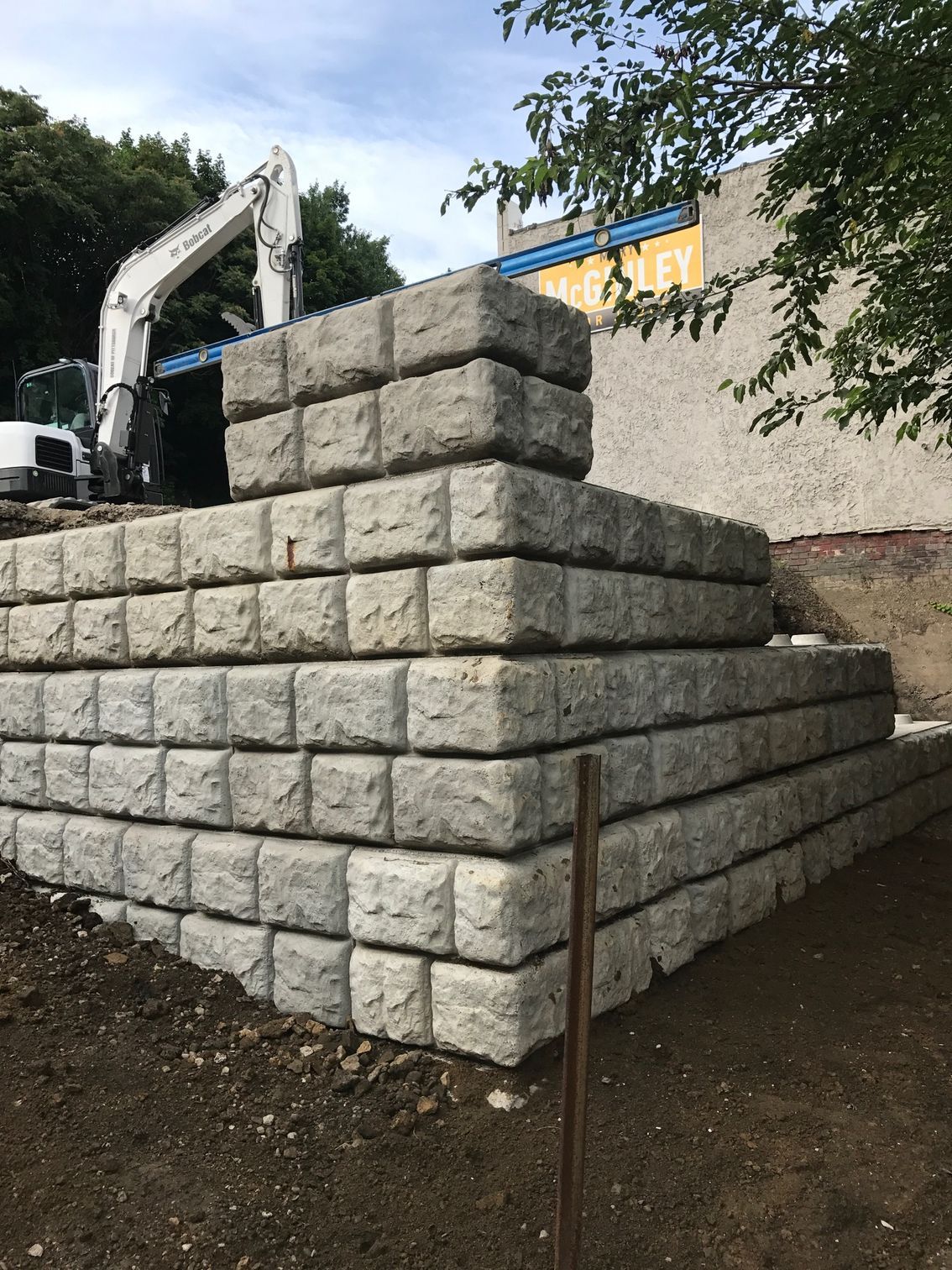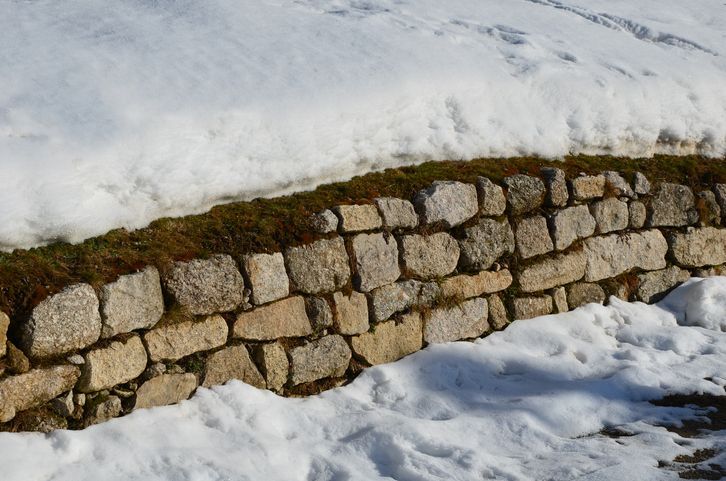Choosing the Right Materials for Sustainable Hardscaping in South Hills

Sustainable hardscaping has become an essential practice in modern landscaping, especially for homeowners in the South Hills area who are increasingly conscious of their environmental impact. Hardscaping, which involves the use of solid materials like stone, wood, and concrete to create paths, patios, walls, and other structures in a landscape, plays a crucial role in defining outdoor spaces. However, traditional hardscaping practices can have significant environmental repercussions if not carefully considered. In this guide, we'll explore how to choose the right materials for sustainable hardscaping, ensuring your outdoor spaces are both beautiful and eco-friendly.
The Environmental Impact of Hardscaping Materials
Every material used in hardscaping has a lifecycle that begins with extraction and ends with disposal, and each phase of this cycle can have environmental consequences. For example, quarrying stone and producing concrete are energy-intensive processes that generate significant carbon emissions. Transporting these heavy materials over long distances further adds to their environmental footprint. Additionally, when hardscaping features are eventually dismantled, the disposal of these materials in landfills contributes to waste and pollution.
By contrast, sustainable hardscaping focuses on minimizing these impacts. This approach involves selecting materials that are locally sourced, recycled, or reclaimed, and that require minimal energy to produce and transport. Sustainable materials not only reduce environmental harm but also enhance the longevity and functionality of your landscape, making them a smart investment for the future.
Key Considerations for Choosing Sustainable Materials
When planning a sustainable hardscaping project, it’s important to consider several factors that contribute to the overall sustainability of your material choices. These factors include:
Durability and Longevity: Choose materials that will stand the test of time, reducing the need for frequent replacements. Durable materials are more cost-effective in the long run and reduce the environmental impact associated with the extraction and processing of new materials.
Local Sourcing: Using materials that are locally sourced supports the regional economy and reduces the environmental costs associated with long-distance transportation. Local materials also help your landscape blend seamlessly with the natural surroundings of the South Hills area.
Recycled and Reclaimed Materials: Opting for recycled or reclaimed materials is one of the most effective ways to reduce your project’s environmental impact. These materials often come from deconstructed buildings or other structures and can give your landscape a unique, character-filled aesthetic.
Low Environmental Impact During Production: Some materials require less energy and produce fewer emissions during their production. For instance, natural stone and untreated wood are less harmful to the environment than materials like concrete or plastic composites.
Top Sustainable Materials for Hardscaping in South Hills
With these considerations in mind, let’s look at some of the top sustainable materials you can use for hardscaping in South Hills.
Reclaimed Stone
Reclaimed stone is a fantastic choice for creating pathways, patios, and walls. This material has already been extracted and used in previous projects, which means no additional environmental cost is incurred in its production. Each piece of reclaimed stone has its own history, adding a unique, aged aesthetic to your landscape. In addition, reclaimed stone is incredibly durable, ensuring that your hardscaping features will last for decades with minimal maintenance.
Permeable Pavers
Permeable pavers are designed to allow water to pass through them, reducing runoff and helping to manage stormwater on your property. This feature is particularly beneficial in areas like South Hills, where managing heavy rainfall is a concern. By allowing water to seep into the ground, permeable pavers help recharge groundwater supplies and prevent erosion, making them an environmentally friendly choice for driveways, walkways, and patios.
Locally Sourced Wood
Wood is a versatile material that can be used for everything from decking to garden borders. When sourced locally, wood has a much lower environmental impact than materials that need to be transported over long distances. Moreover, selecting wood that is certified by organizations such as the Forest Stewardship Council (FSC) ensures that it has been harvested in a way that protects forests and promotes sustainable management. Untreated, natural wood also has the advantage of being biodegradable, making it an excellent choice for eco-friendly hardscaping.
Implementing Sustainable Hardscaping: Best Practices
Choosing sustainable materials is only part of the equation. How you use these materials in your landscape can further enhance their environmental benefits. Here are some best practices for implementing sustainable hardscaping in South Hills:
Reuse Existing Materials: Before purchasing new materials, consider whether you can reuse or repurpose materials already on your property. For example, stones from an old patio can be used to create a new garden wall, or salvaged bricks can become the foundation for a rustic pathway.
Minimize Waste: Plan your project carefully to ensure that you purchase only the amount of material you need. This not only reduces waste but also saves money. Additionally, when cutting materials like stone or wood, use standard sizes to avoid creating unnecessary offcuts.
Consider the Entire Lifecycle: Think about what will happen to your hardscaping materials when they eventually reach the end of their useful life. Opt for materials that can be easily dismantled, reused, or recycled, rather than those that will end up in a landfill.
Focus on Water Management: Incorporating features like permeable pavers or rain gardens into your hardscaping design can help manage water sustainably. These elements not only reduce runoff but also enhance the health of your soil and plants by maintaining natural water cycles.
The Future of Sustainable Hardscaping in South Hills
As more homeowners in South Hills recognize the importance of sustainability, the demand for eco-friendly hardscaping solutions continues to grow. By choosing the right materials and implementing best practices, you can create a landscape that is not only beautiful and functional but also kind to the environment. Sustainable hardscaping is an investment in the future—one that benefits not just your property, but the planet as a whole.
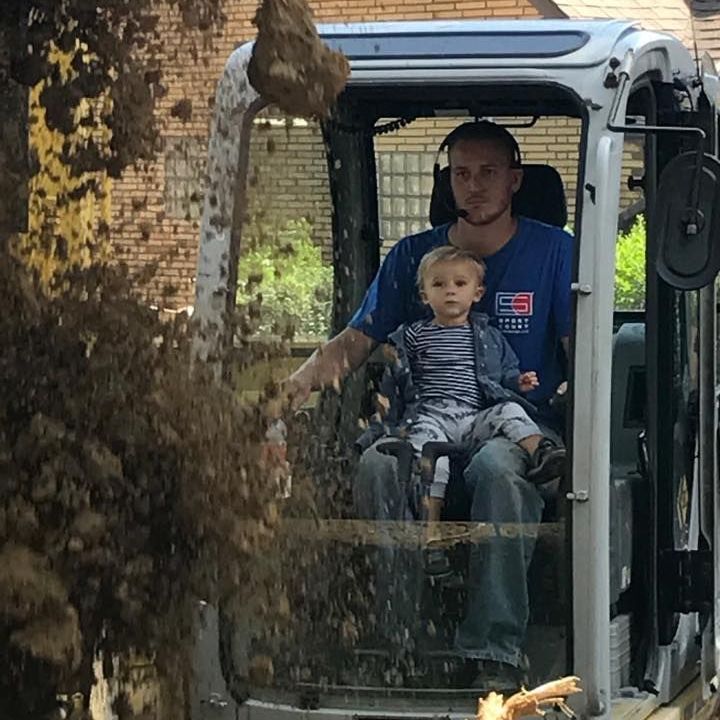
Author: Jay Nagy
Owner & Founded of J Bird's Landscaping. 18+ Years of experience in Pittsburgh lawn cutting, patio installation, trucking/hauling, French drain installation, and other landscape/design services.
More Posts from J Bird's Landscaping
